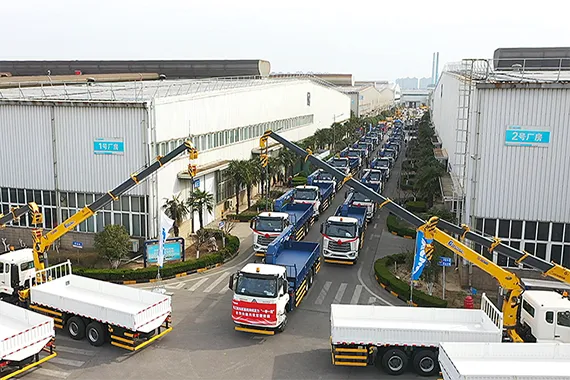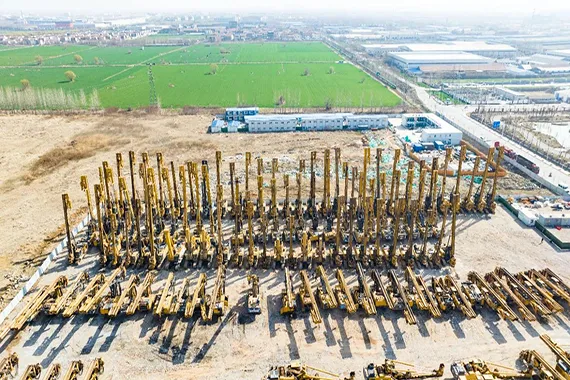How Telematics Improves Productivity and Safety on Job Sites

Telematics technology provides several benefits for improving productivity and safety on job sites.
First, it helps to maximize equipment uptime by providing diagnostic information such as fluid levels, meter hours, and maintenance schedules. This allows for preventative maintenance and quick identification and resolution of potential issues, reducing downtime and keeping projects on schedule.
Second, telematics allows for better equipment utilization by tracking the usage of machines on job sites. It alerts management if equipment is idle, which can lead to unnecessary costs, and ensures highly utilized assets are available for use when needed. Benchmarking reports also provide visibility into equipment efficiency compared to peers.
Third, telematics data is crucial for worksite safety and security, as it can manage access to equipment and locate assets quickly through location data, geofence technology, and alerts. Only authorized operators with proper training and certifications can access equipment, limiting lost or stolen assets.
Finally, telematics-enabled equipment generates data on engine usage and fuel type that can inform decision-making for sustainability. This data can evaluate the environmental footprint of equipment, allowing management to determine the best fleet and utilization tradeoffs to decrease overall emissions. Overall, telematics provides access to these insights on user-friendly platforms, both in the office and on the job site.



















